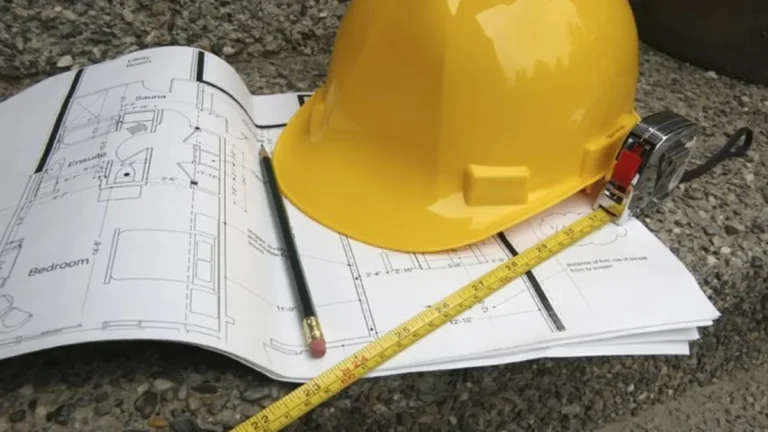
Pensions in Ukraine 2026: Why Budget Increases Don’t Save Seniors from Poverty
The Ukrainian government has approved the 2026 budget, allocating a record 251.3 billion UAH for pension payments. This is 14.4 billion more than last year. Official statements claim this increase will provide for pension indexation, but in reality, even this amount does not guarantee full coverage of obligations to pensioners. High inflation, frozen social standards, and declining external support raise a critical question: will seniors’ well-being actually improve, or will the latest “increase” be eaten up by rising prices?
Since July 2025, the minimum pension in Ukraine is 2,361 UAH for working pensioners and 3,038 UAH for those not working. The average pension as of July 1 is 6,410 UAH. That’s 69 UAH (1.1%) more than in April, and 594 UAH (10.2%) more than a year ago. Still, even this growth doesn’t mean a real improvement in living standards, as prices are rising much faster.
The Real Cost of Survival: What a Pensioner Really Needs
According to financial analyst Andriy Shevchyshyn, even those who own their own homes need at least 10-14 thousand UAH per month to cover basic needs.
“A pensioner’s monthly expenses in Ukraine might look like this: about 1,500 UAH for utilities, 5,000 for food, 1-3,000 for medicines, 2,500 for a car, and over 3,000 UAH for services, repairs, clothing, and recreation,” says Shevchyshyn.
In the end, monthly expenses exceed 13,000 UAmuch higher than the average pension.
If a pensioner rents, add another 7,000 UAH, or about 3,500 UAH if two people share a home.
The Minimum Subsistence LeveWhere’s the Truth?
Former Minister of Social Policy Pavlo Rozenko notes:
“The budget doesn’t explain where this figure comes from, but there’s a real subsistence minimum, calculated based on the prices of goods and services. Right now, it’s about 9-10 thousand UAH depending on the category of citizen. So, the minimum pension should be at this level just to meet basic needs.”
The real subsistence minimum is what allows a person not just to survive, but to live. However, the figures in the budget have long since lost touch with reality, and everyone involved acknowledges but ignores this gap.
Why the Pension Gap Only Grows
The main reasons for low pensions in Ukraine are the war, state priorities, and the lack of real indexation. The war limits budget resources. However, as Pavlo Rozenko points out, the government’s priorities are also questionable:
“Last year, salaries for officials in parliament, government, courts, and prosecutors rose by 40%, while pensions increased only 11%. And that indexation was effectively wiped out by inflation, which hit about 15%.”
The same thing happened in 2025: “Officials’ salaries were raised again, but pensions weren’t indexed at all, and the subsistence minimum was frozen. So there is money it’s a question of priorities. When we see that the average salary for senior officials is over 300,000 UAH, while pensioners live on 2-3 thousand, it’s obvious: the problem isn’t a lack of funds.”
Is There Room to Raise Pensions: Reserves and Alternatives
Pavlo Rozenko insists: the resources to increase pensions exist they can be found by reducing the state apparatus, as was done in Argentina, or at least by freezing officials’ salaries.
“Next year, their salaries could definitely be kept at this year’s level. Last year, the average civil servant’s salary was about 50,000 UAH. This means officials’ salaries are already higher than the market.”
The expert emphasizes that a sharp jump to a 10,000 UAH minimum pension is impossible right now, but gradual growth is both possible and necessary. The main thing is that growth must outpace inflation and not be frozen.
The Accumulative System: Future Hope or Just Another Illusion?
The planned accumulative pension system will affect only those who retire in 15-20 years.
“Current pensioners are left out of the government’s attention. The law guarantees pensions for everyone. But the amount is another matter. If there’s not enough money in the Pension Fund, the budget covers the rest. If the budget runs dry, pensions will be frozen for years. As a result, the real subsistence minimum will reach 15-20 thousand UAH, but the pension will be 4-5 thousand. Formally, it exists, but it does not meet real needs,” the former minister concludes.
The 2026 budget does not solve the core problem the deep gulf between pension amounts and the real cost of living. Formal “increases” lag behind inflation, and pensioners find themselves forced to survive rather than live with dignity.
As long as pension indexation and social policy priorities remain secondary, no increase to the pension fund will amount to real reform.
The system needs more than cosmetic changes; it needs a deep rethinking of values and mechanisms of social justice. Otherwise, pension poverty will remain a chronic disease of Ukrainian society.














